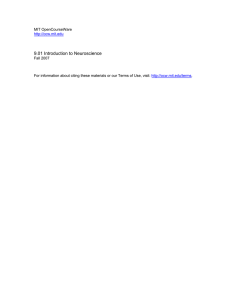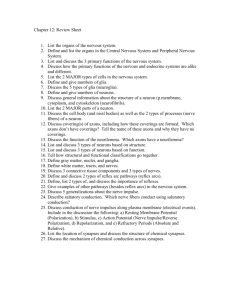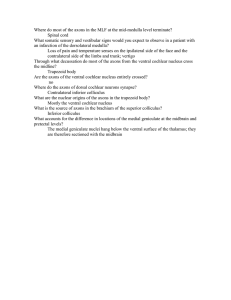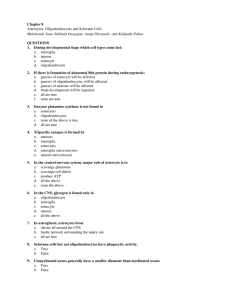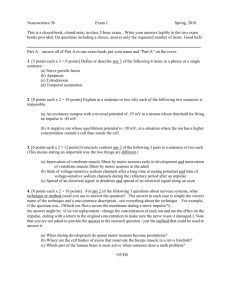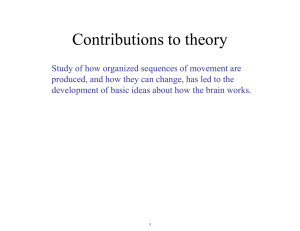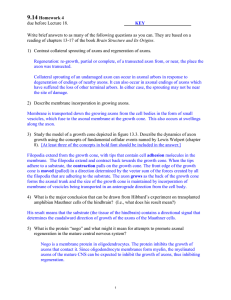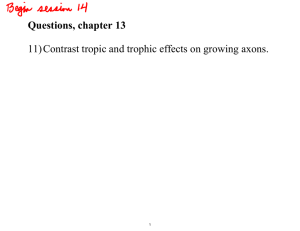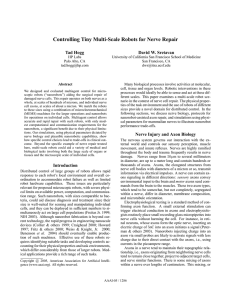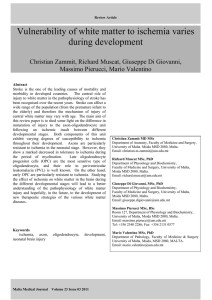UNIVERSITY OF MALTA
advertisement
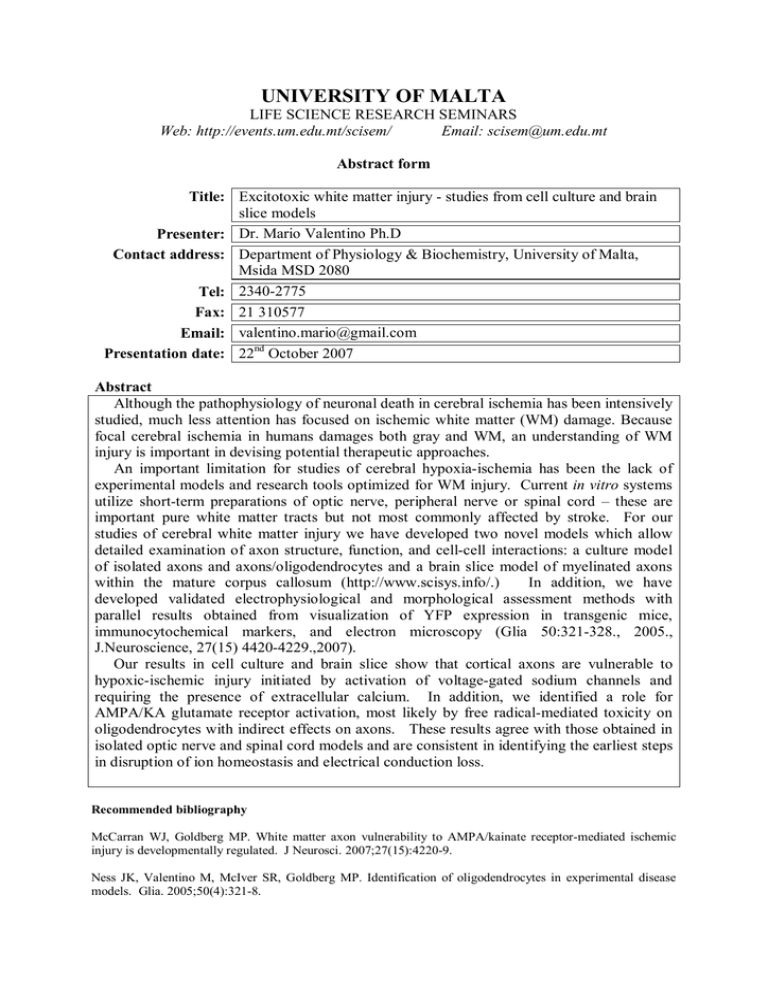
UNIVERSITY OF MALTA LIFE SCIENCE RESEARCH SEMINARS Web: http://events.um.edu.mt/scisem/ Email: scisem@um.edu.mt Abstract form Title: Excitotoxic white matter injury - studies from cell culture and brain slice models Presenter: Dr. Mario Valentino Ph.D Contact address: Department of Physiology & Biochemistry, University of Malta, Msida MSD 2080 Tel: 2340-2775 Fax: 21 310577 Email: valentino.mario@gmail.com Presentation date: 22nd October 2007 Abstract Although the pathophysiology of neuronal death in cerebral ischemia has been intensively studied, much less attention has focused on ischemic white matter (WM) damage. Because focal cerebral ischemia in humans damages both gray and WM, an understanding of WM injury is important in devising potential therapeutic approaches. An important limitation for studies of cerebral hypoxia-ischemia has been the lack of experimental models and research tools optimized for WM injury. Current in vitro systems utilize short-term preparations of optic nerve, peripheral nerve or spinal cord – these are important pure white matter tracts but not most commonly affected by stroke. For our studies of cerebral white matter injury we have developed two novel models which allow detailed examination of axon structure, function, and cell-cell interactions: a culture model of isolated axons and axons/oligodendrocytes and a brain slice model of myelinated axons within the mature corpus callosum (http://www.scisys.info/.) In addition, we have developed validated electrophysiological and morphological assessment methods with parallel results obtained from visualization of YFP expression in transgenic mice, immunocytochemical markers, and electron microscopy (Glia 50:321-328., 2005., J.Neuroscience, 27(15) 4420-4229.,2007). Our results in cell culture and brain slice show that cortical axons are vulnerable to hypoxic-ischemic injury initiated by activation of voltage-gated sodium channels and requiring the presence of extracellular calcium. In addition, we identified a role for AMPA/KA glutamate receptor activation, most likely by free radical-mediated toxicity on oligodendrocytes with indirect effects on axons. These results agree with those obtained in isolated optic nerve and spinal cord models and are consistent in identifying the earliest steps in disruption of ion homeostasis and electrical conduction loss. Recommended bibliography McCarran WJ, Goldberg MP. White matter axon vulnerability to AMPA/kainate receptor-mediated ischemic injury is developmentally regulated. J Neurosci. 2007;27(15):4220-9. Ness JK, Valentino M, McIver SR, Goldberg MP. Identification of oligodendrocytes in experimental disease models. Glia. 2005;50(4):321-8.

